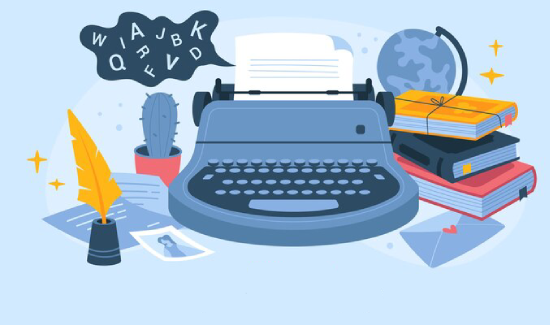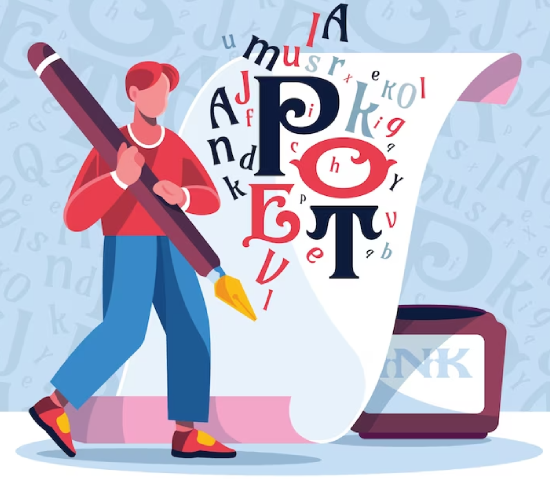How to write a 5 paragraph essay
1. Understand the topic of your essay. If you are given a topic, make sure you understand it well and know what is asked of you. If not, ask an instructor or tutor for help. 2. Outline your essay. This will help you organize relevant ideas and avoid common typographical mistakes. Make a list of the important points you want to cover in the essay and rank them by priority. 3. Write the main body of your essay. Start with a compelling introduction to get the reader interested in continuing to read your essay. Then, write a body essay with compelling arguments and evidence to support them. End with a clear and concise conclusion to end the essay effectively. 4. Pay attention to style and correct grammar when writing your essay. Use short, clear sentences and use active verbs to energize your text. Also make sure that the grammar, spelling, punctuation, and sentence structure are all correct before submitting your work to your instructor or tutor. 5. Double-check your work before submitting it to your instructor or tutor. This is an important step so that there are no writing errors or wrong information in it. Try re-reading your work several times, see if there are any areas that need improvement, or new information that needs to be added.

What is a 5 paragraph essay?
The introductory paragraph is the first part of a 5 paragraph essay. It serves as an opening to grab the reader’s attention and provide an overview of the topic to be covered. This paragraph should present your main idea, make a claim, or ask a question that will be answered in the body of the essay. The next three body paragraphs constitute the core of a 5 paragraph essay. Each paragraph should have one main idea supported by examples, facts or reasons. These paragraphs should also relate to one another and contribute to supporting your conclusion. The closing paragraph is the last part of a 5 paragraph essay. It serves as a summary of what you have written in the previous section and concludes your main ideas. This paragraph can also be used to provide suggestions or solutions to problems being faced by readers. The 5 paragraph essay is a popular form of essay because it is easy to learn and practice. With a layered structure, it helps students build their arguments effectively and present them in a clear and logical way. With enough practice, anyone can learn how to write a 5 paragraph essay properly and correctly.
This format also helps students to organize their answers in an effective way, so that they can demonstrate their understanding of the topic being tested. The exact number of words in a 5 paragraph essay varies depending on the type of essay and the length of each paragraph. For example, if you are writing a persuasive essay, each paragraph might be between 50 and 75 words. If you’re writing an explanatory essay, each paragraph is probably about 100 to 150 words long. So, the total is between 250 and 500 words.
Need help WRITING RESUMES?
Just submit your requirements and choose a resume writer. That’s all we need to write a winning resume for you.
Type 5 paragraph essay on a standardized test
- Definition – Added personal interpretations of terms or phrases, along with officially paraphrased ones from the dictionary.
- Descriptive – Add as much detail as possible to illustrate the research problem.
- Story – tells a story with vivid examples.
- Argumentative and persuasive. – The difference between this academic project is that the author only needs to mention and explain his personal position on the problem being analyzed in the argumentative essay. While in a persuasive essay, it is also important to defend your position and convince the reader of your truth.
- Compare contrasts – Shows the differences and similarities between several subjects.
- Cause & Effect. – Explain the reasons for something to happen and the consequences of this action.
- Literary analysis – Select a specific literary text such as a poem or essay and evaluate/criticize it.
10 good example topics
- Can someone learn life lessons from experiences they didn’t have?
- Rich nations must share goods with countries living in poverty
- Should education be free for all students?
- Discrimination of female employees in the workplace.
- Should the death penalty be abolished completely?
- Separate classes for male and female students
- The importance of investing money in space exploration
- Live in a world without any rules
- Should same-sex marriage be allowed?
- The role of advanced technology in education

Once a title has been selected, students must develop an outline to help them better structure their ideas. An outline will help students organize relevant information and ensure that all important points are covered. Once the outline is complete, students should start looking for resources to support their arguments. This includes conducting research on the internet, textbooks, scientific journals and other sources. These sources must be properly cited and accompanied by proper footnotes. When the writing process begins, students should ensure that each paragraph contains one main idea supported by relevant examples or facts. Paragraphs should be logically organized and easily understood by readers. Using short sentences and active sentences will also help give structure to your writing. After the writing process is complete, students must do some re-reading to ensure that their writing has no spelling errors or grammatical errors. They also need to check that all key points have been conveyed correctly and that all resources have been properly cited.
Outline
Before diving into writing, it’s crucial to create a well-thought-out outline. The outline serves as a roadmap for the essay, guiding the writer through each section. Begin with a clear thesis statement in the introduction, followed by three main points in the body paragraphs that support the thesis. Finally, conclude the essay by summarizing the main points and reinforcing the thesis.
5 Paragraph essay outline list: Why are history and culture important to society?
Computer is a very important tool in our daily life. It has changed the way we do many things, including how we interact with others and how we complete daily tasks. Computers also help us to get work done more quickly and efficiently. However, even so, there are some problems associated with using computers. These issues include privacy, security, and damage caused by viruses or malware. In this article, I will explain about these problems and how to solve them. Privacy Issues One of the major problems associated with computer use is that of privacy. This is due to the fact that a lot of personal information is stored on your computer, such as your username and password, payment information, details of your email address and more. If this information falls into the wrong hands, they can access your personal data without your permission. To prevent this from happening, be sure to always create secure passwords for all your online accounts and use anti-malware software to regularly scan your system for potential threats. Security Issues Besides privacy issues, security issues are also a major concern when dealing with computer usage. This is due to the fact that hackers can access your sensitive data if they manage to hack your system or gain unauthorized access to your system through the internet or other media.

To prevent this from happening, make sure to keep your operating system software updated regularly and use a firewall to protect your system from hackers or other malware attacks. In addition, be sure not to provide any sensitive information to anyone without written permission from the data owner. Virus or Malware Damage Viruses or malware are malicious programs designed to damage computer systems or steal sensitive information belonging to users without their permission. Viruses or malware are usually distributed through spam e-mails or malicious files that are downloaded unintentionally by internet users without being aware of the risks involved. To prevent damage by viruses or malware from happening to your system, make sure to keep your anti-malware software regularly updated and avoid downloading malicious files from unreliable internet resources or that you don’t recognize.
General Grading Rubric
- Focus: Does the author spend his time proving his thesis? Did they achieve their goal?
- Organization: Is the essay legible, are the transitions between paragraphs smooth, and does the author follow proper line formatting and do not differ from the established structure?
- Convention: Does the author make a lot of grammatical errors? Do they have running sentences?
- Style: Does the author use high-level vocabulary, are words rarely repeated, how original is the sentence structure?
- Contents: Does the author adequately substantiate his arguments and are his statements logical, reliable and factual?
